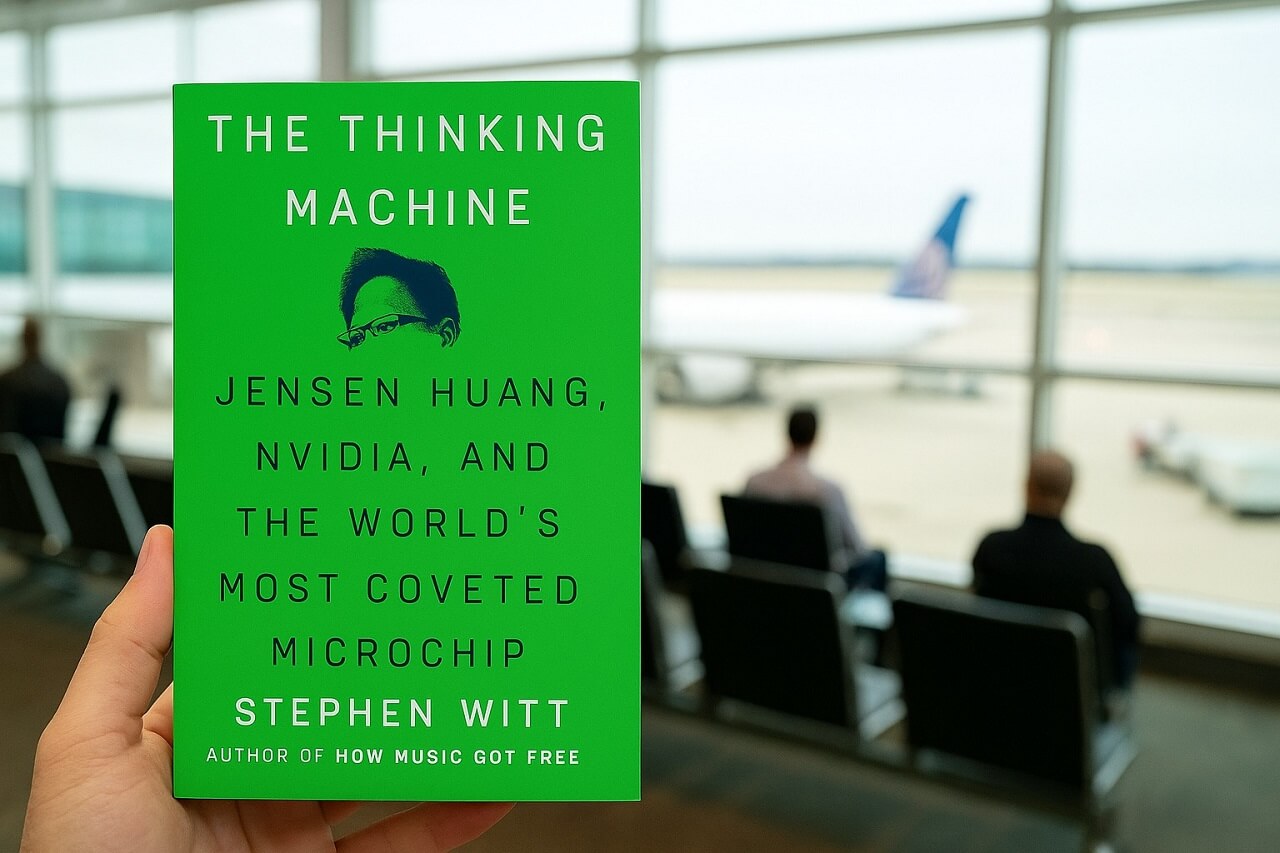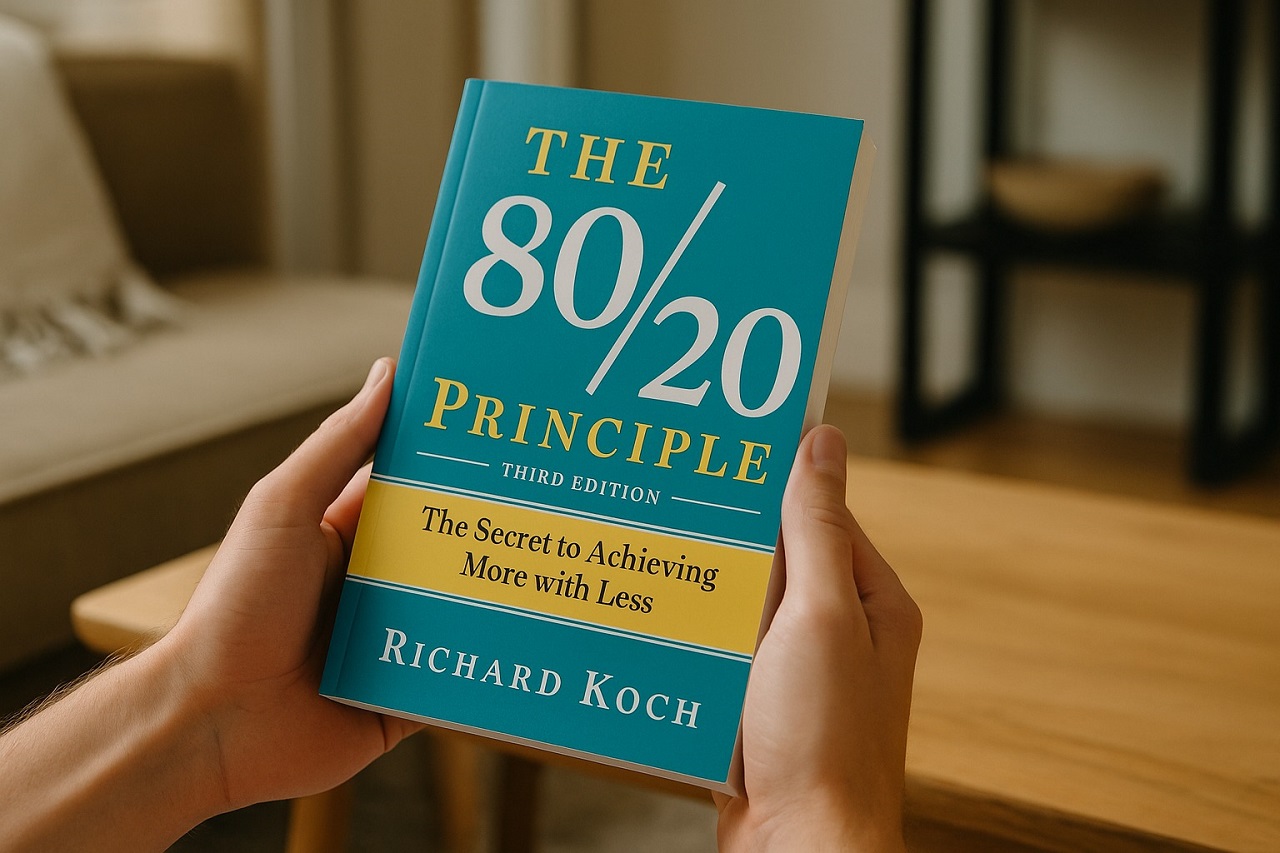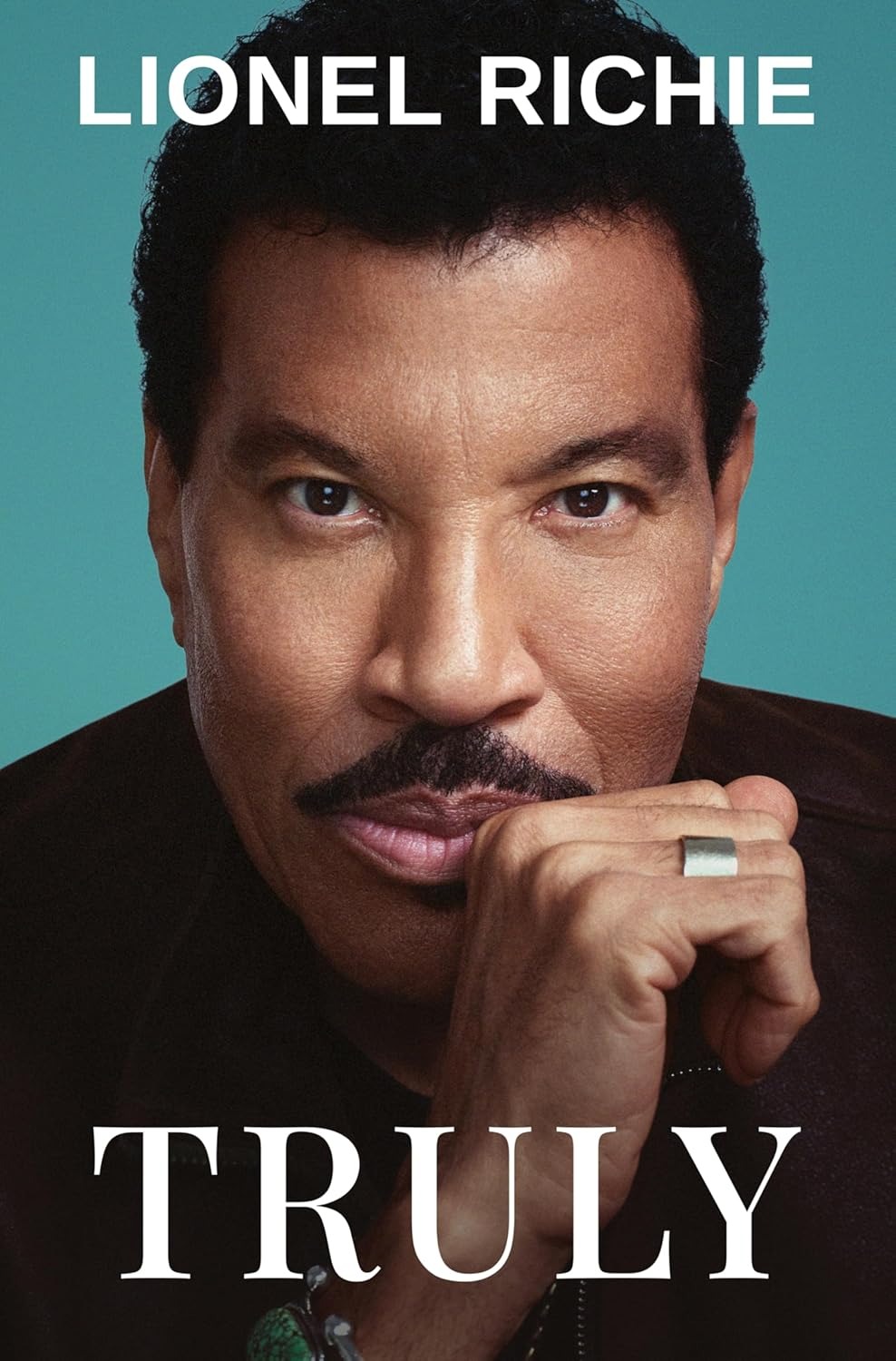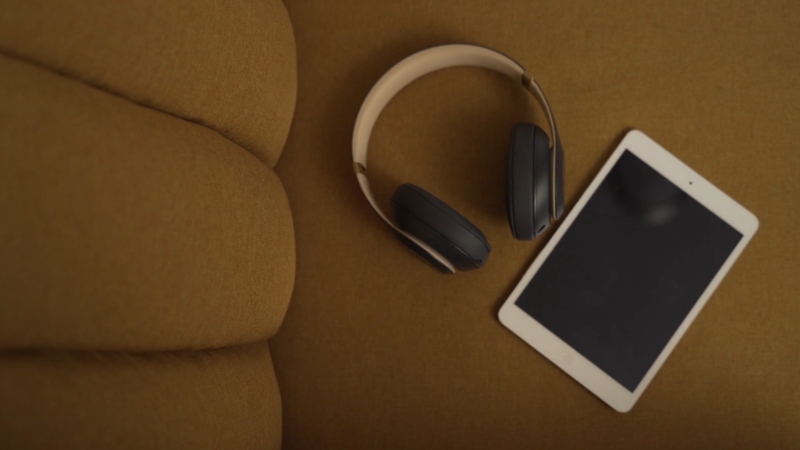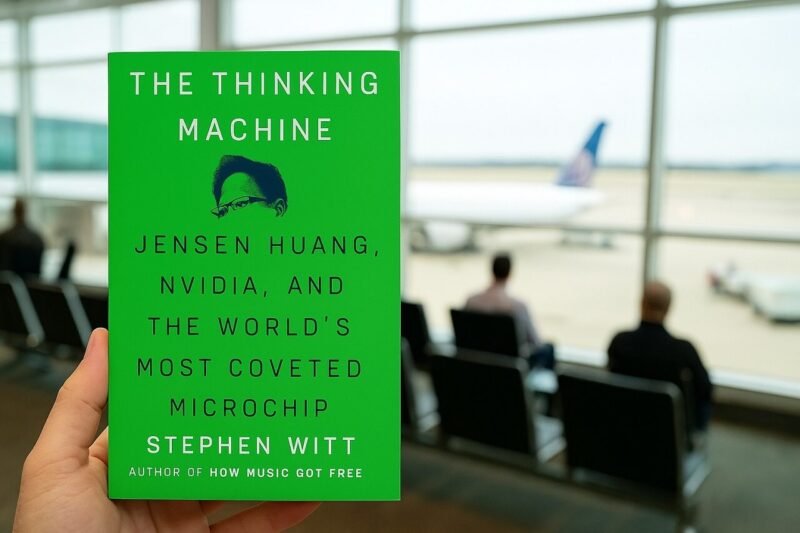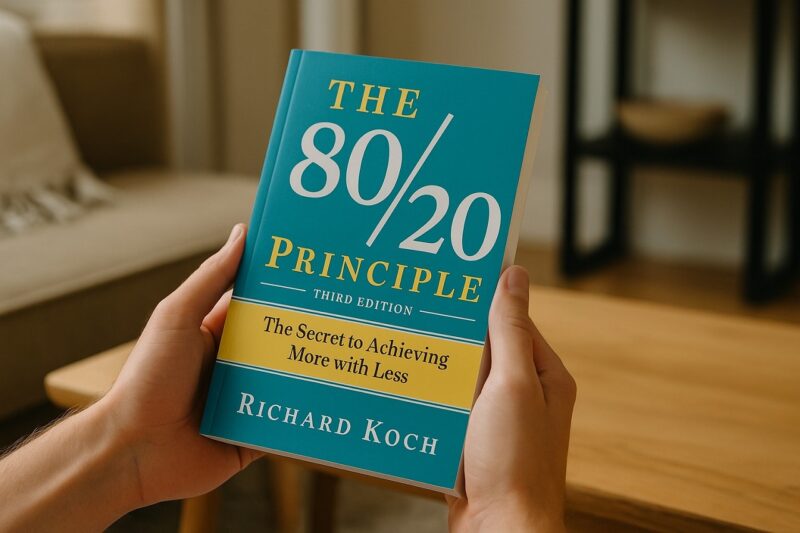
Share Post:
At its core, this series is about change. The kind of change that creeps up during the summers between adolescence and adulthood, and the kind that makes you rethink what love means when you stop seeing it through a child’s eyes. For viewers unfamiliar with Jenny Han’s trilogy-turned-streaming-hit, the show follows Isabel “Belly” Conklin as she returns each summer to Cousins Beach, where her life is divided between two brothers—Conrad and Jeremiah Fisher—and a deeper sense of identity that’s just beginning to take shape.
So what’s the concrete appeal? It’s not just the setting or the beach-side cinematography. It’s the emotional pull of watching Belly navigate the chaos of first love, longing, and loyalty. This isn’t a typical love triangle where one guy is wrong for her and the other is a flawless prince. Both Conrad and Jeremiah represent different versions of what Belly wants—and what she could become. The triangle is less about choosing between two boys and more about choosing the kind of life she sees for herself.
Table of Contents
ToggleBelly, Conrad, and Jeremiah: The Emotional Blueprint
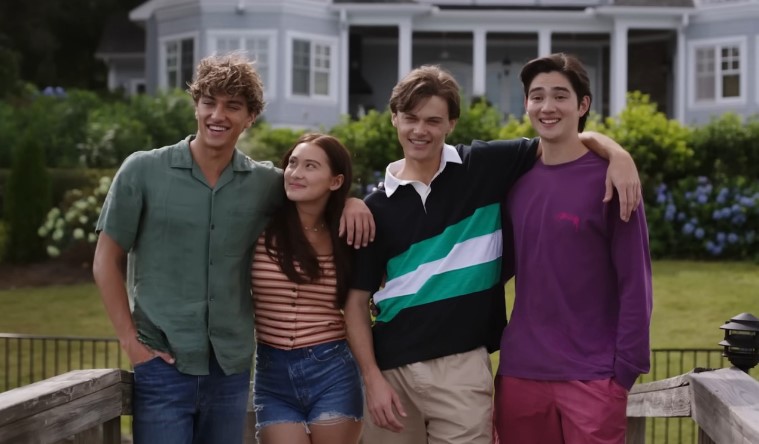
To understand the dynamic fully, you have to look at the way each relationship functions. Jenny Han didn’t write either brother to be a one-dimensional trope. They’re not just the brooding guy and the sweet guy—they’re both nuanced, and their relationships with Belly reflect different emotional tones. This table helps lay out what each relationship brings to the series:
| Relationship | Key Traits | Emotional Impact on the Belly | Why It Matters |
| Belly and Conrad | Longstanding tension, emotional distance | Reflects her longing and desire for depth | Feels like the “big love” full of risk |
| Belly and Jeremiah | Playful, easygoing, consistent | Reflects her need for stability and comfort | Feels like the love that’s safe and seen |
Conrad represents the kind of love that is difficult and slow to develop—built on unsaid feelings, glances, and emotionally loaded silence. Jeremiah, on the other hand, is warm, open, and emotionally present from the start.
He’s the guy who always shows up. That’s what makes the triangle so believable: Belly doesn’t face a clear wrong or right choice. She’s choosing between emotional fulfillment and emotional security, which is a question that doesn’t disappear after your teenage years.
Why the Triangle Feels Real—Not Forced
Unlike other YA dramas where romantic triangles are shoehorned in for tension, The Summer I Turned Pretty makes Belly’s conflict feel earned. The series invests time in showing how each relationship evolves naturally over time. Viewers are not just told who likes who—they feel it. When Belly finally wears that now-iconic simple A-line dress in ivory silk,you don’t just see a girl going to a party—you see someone stepping into her new self.
That moment, visually understated but emotionally weighted, marks a shift in how the boys see her and how she begins to see herself. It’s not about the dress itself, but what it represents: a turning point in how Belly moves through her world.
She’s no longer the little sister tagging along at the beach house—she’s someone both boys are drawn to, for different reasons, and someone who now sees herself as capable of choice.
That scene is important because it underlines the heart of the triangle. It’s not three kids chasing drama. It’s one girl trying to decide who she is when she stops being defined by how others see her. Both boys love her—but the question is, which version of Belly do they love?
Seasons and Emotional Arcs: A Timeline of Growth

Each season of the show corresponds not just to another summer, but to a different stage of emotional development. The love triangle itself evolves, and each character’s choices reflect that growth.
| Season | Belly’s Emotional State | Key Relationship Development | Core Theme |
| Season 1 | Curious, hesitant, seeking validation | Flirtation with both; first heartbreak with Conrad | Discovering first love |
| Season 2 | Conflicted, reactive, looking for answers | Pulls toward Jeremiah, tension with Conrad builds | Trying to heal and move forward |
| Season 3 | Reflective, mature, emotionally self-aware | Must confront history with Conrad and depth with Jeremiah | Choosing authenticity over safety |
This progression is why the show works. Each season peels back a layer of Belly’s identity, revealing the impact of her choices on her relationships—not just romantically, but with her family, her mother, and her sense of purpose.
As her story unfolds, viewers see the triangle less as a game of affection and more as a roadmap of emotional decisions. The more she grows, the more difficult those decisions become.
The Real Tension: It’s Not About Picking One
By the time you’ve watched all three seasons, you realize that the love triangle was never going to be resolved in a satisfying, clear-cut way. And that’s not a flaw—it’s reality. Many people relate to being drawn to more than one person for very different reasons.
Some people bring out the adventurous side of you. Others make you feel safe and seen. The brilliance of the series lies in not villainizing either option. Instead, it forces Belly (and the audience) to accept that no relationship comes without trade-offs.
Jeremiah offers her the possibility of a life full of consistent love, fun, and emotional support. He’s the best friend who becomes a partner, the one you can build a stable life with. Conrad, however, brings the kind of love that burns slowly and deeply, but it comes with complications, distance, and emotional uncertainty. For Belly, choosing isn’t just about who she loves more. It’s about whether she’s willing to grow into someone who can handle what that love requires.
Final Thoughts
At the end of the day, The Summer I Turned Pretty is not really about choosing between two boys—it’s about choosing to grow up. Belly’s story is rooted in real emotion, real conflict, and real decisions. What makes the series stand out is how carefully it handles the emotional weight of first love and the tension of having two people see you in completely different lights. The love triangle works because it’s not about drama for the sake of it—it’s about identity, memory, and the push and pull of who you are versus who you want to be.
This is what keeps the series grounded and relevant, especially for viewers beyond their teen years. It speaks to the idea that growing up means facing choices that don’t always have clear answers. Belly’s love triangle is not a fantasy—it’s a mirror. One that reflects how hard it is to become the person you were always meant to be when love, history, and hope are all pulling you in different directions.
Related Posts:




